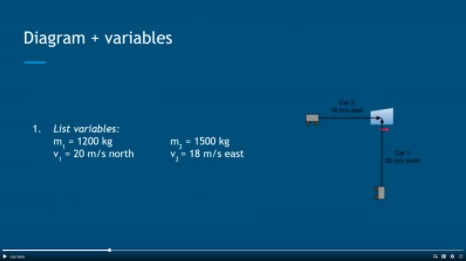Tests — one of the most notorious methods of ways teachers knowing if their students are learning anything in their class. While tests were quite effective pre-COVID, as teachers could supervise these in-person activities, exams have become one of the great question marks professors and supervisors face. Although many students have access to a web camera that they can turn on during a test, the matter of invasion of privacy arises. Because some students may not feel comfortable turning on their cameras for personal, environmental, or technical reasons, teachers have been forced to adapt.
Since teachers all have different class protocols for online meetings, such as mandatory or optional cameras in class, it is no surprise that some classes require in-class test administrations, a method that gets as close as it can to pre-COVID tests at school. At North Hollywood High School, however, things are a bit different. While some teachers trust their students to honor the ubiquitous “honesty policy,” others know that this simply won’t do. No matter how many times good citizenship is repeated to a class of high school teenagers, online tests that don’t require cameras aren’t nearly as efficient as in-person tests.
Thus, Altair Maine, NHHS’s AP Physics and AP Chemistry teacher, has developed a new method of testing students on their knowledge of class lessons. Instead of the ordinary multiple choice and/or free response questions on normal tests, Mr. Maine now has his students complete assignments called “explainer videos”, as a substitution for these exams. Although originally alumni’s Dr. Philip Tanedo’s creation, Mr. Maine has altered this unique system to his class’s liking to ensure fairness and honesty in this makeshift take-taking process.
Explainer videos are student-created recordings of individually assigned problems, essentially making the student a teacher who walks their makeshift audience through a problem. They are required to follow a rubric, which other students will later use to peer-grade videos. And, because the rubrics are designed to make students develop a thorough yet concise presentation on a problem, the teacher is able to tell if a student really understands a concept or lesson that is being taught in class.
Mr. Maine has even personalized this adopted test alternative by adding a pseudonym system into his classes. Because explainer videos are peer-graded and there is a public spreadsheet that displays who is grading whose recording, chances of all the assignments being reviewed biasedly increased. Whether that be because friends were randomly assigned to grade one another’s or because some students may have social or personal issues between each other, there was bound to be unequal treatments given to select students’ works. Thus, by having students go by pseudonyms, or nicknames, peers would be able to grade a random video in an unbiased and fair manner, ensuring that everyone got the grade they deserved.
When asked to share her thoughts on the implementation of explainer videos over regular exams, a fellow student of Mr. Maine, Clarissa Uytiepo, said, “Even with the most advanced technology, students can and will find a way to cheat on tests at home. But, tests that are more based on critical thinking rather than rote memorization can combat this cheating epidemic. With alternatives like the explainer video, we students have to use our own brains and understand lessons instead of being able to breeze through class through quick Google searches.”

